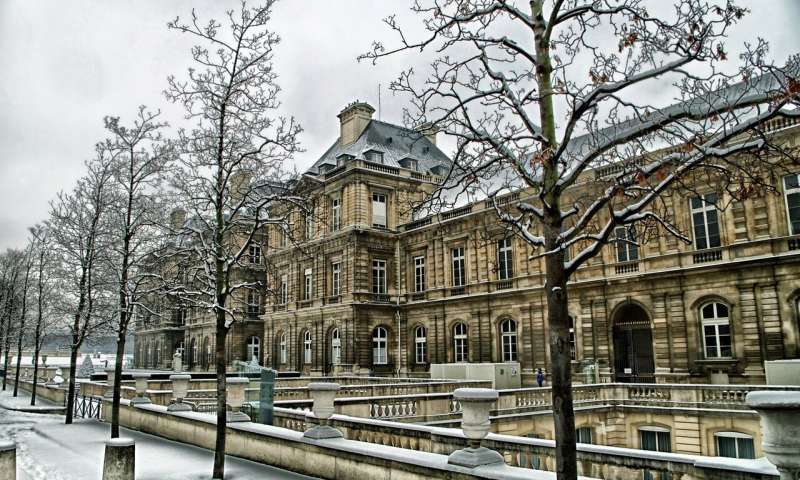
Summary:Urban trees grow more quickly but die faster than rural trees, resulting in a net loss of street-tree carbon storage over time, according to a new study. The findings suggest that planting initiatives alone may not be sufficient to maintain or enhance canopy cover and biomass due to the unique demographics of urban ecosystems.
Urban trees grow more quickly but die faster than rural trees, resulting in a net loss of street-tree carbon storage over time, according to a study published May 8 in the open-access journal PLOS ONE by Ian Smith of Boston University, US and colleagues. The findings suggest that planting initiatives alone may not be sufficient to maintain or enhance canopy cover and biomass due to the unique demographics of urban ecosystems.
Municipalities are embracing greening initiatives as a key strategy for improving urban sustainability and combatting the environmental impacts of expansive urbanization. Many greening initiatives include goals to increase urban canopy cover through tree planting, but our understanding of street-tree ecosystem dynamics is limited, and our understanding of vegetation structure and function based on intact, rural forests may not apply well to urban ecosystems. To address this gap in knowledge, Smith and colleagues estimated size-specific growth, mortality, and planting rates in trees under municipal control, used a model to forecast short-term changes in street-tree aboveground carbon pools under several planting and management scenarios, and compared their findings to those for rural, forested systems.
The researchers discovered accelerated rates of carbon cycling in street trees, with mean diameter growth rates nearly four times faster in the city of Bostonthan inforest stands nearby in rural Massachusetts. Despite the enhanced growth of urban trees, high mortality losses result in a net loss of street-tree carbon storage over time: mean mortality rates are more than double those of rural forests.
The findings suggest that initiatives to aid in the establishment and preservation of tree health are central for increasing street-tree canopy cover and maintaining and increasing carbon storage in vegetation. According to the authors, strategic combinations of planting and maintenance will maximize the viability of greening initiatives as an effective climate-mitigation tool.
Smith adds: “Cities are at the forefront of implementing climate mitigation policies, including urban greening, to combat rising temperatures and atmospheric CO2 concentrations. We find that tree planting initiatives alone may not be sufficient to maintain urban canopies in older cities like Boston, MA. Due to the age and size structure of the existing canopy, efforts to aid in the establishment and preservation of tree health are imperative for increasing urban tree cover and maximizing the wide range of ecosystem services provided by the urban canopy.”
More: Science Daily








Leave a Reply
You must be logged in to post a comment.